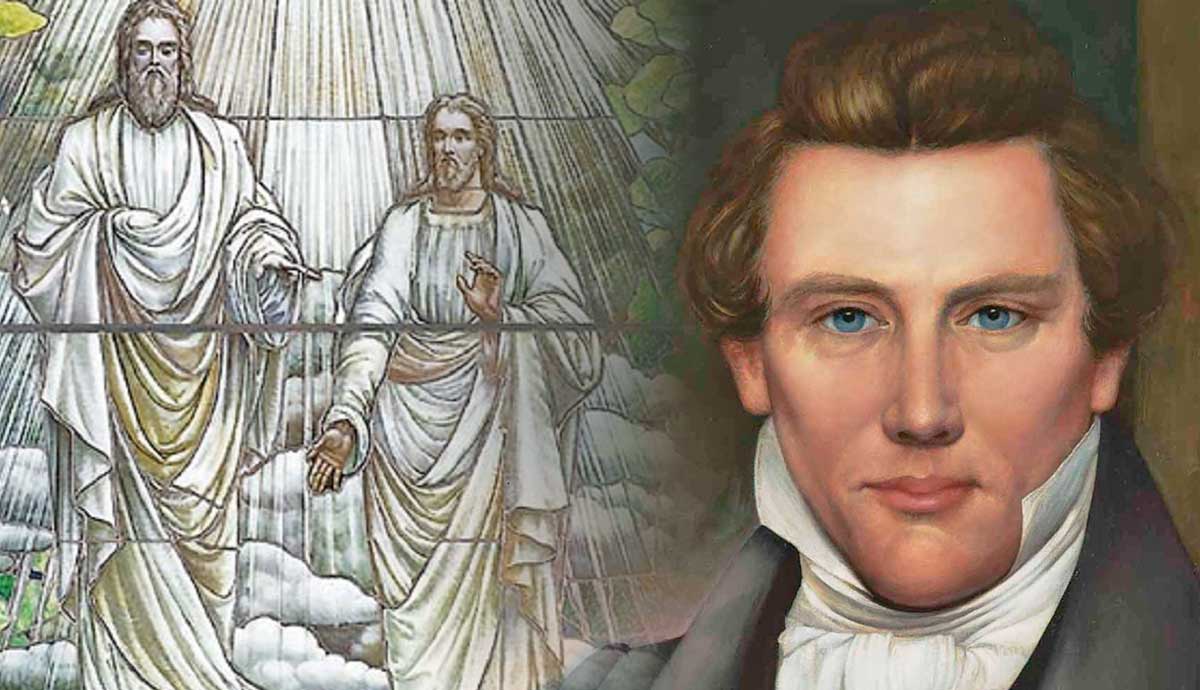
The 3d and 4th century Christian Bishop called Nicholas of Myra is the man who gave rise to the Saint Nicholas legend, that we now associate with Santa Claus. Little, if any, material remains directly about the real man from the 200s and 300s CE, nor do any of his personal writings survive, so stories about Nicholas are better categorized as either plausible or fantastical, rather than true or false. In spite of this, many miracles and exploits have been attributed to Nicholas of Myrna through the centuries, and have given rise to popular traditions we now associate with Santa Claus, including stockings, gold coins, and gifts for children.
Where Was St Nicholas of Myra From?

Nicholas of Myra was born in the city of Patara of Asia Minor, what is now Demre, Turkey. Sources suggest he was a Bishop in the town of Myra in the late 300s, elected to the position by fellow priests upon the death of the previous Bishop when he was the first to enter to church to pray the morning after. Nicholas possibly attended the Council of Nicaea, and was imprisoned by Roman Emperor Diocletian, before being released under the Roman Emperor Constantine the Great. The death of Nicholas is generally held to be on December 3, 343 CE, when he was around 73 years old.
Did Saint Nicholas Hit a Heretic?

Maybe. The legend is that Nicholas slapped Arius at the Council of Nicaea in 325 CE. It is thought their conflict arose due to Arius’ position that Jesus Christ was a created being, rather than God incarnate. While Nicholas is listed among the attendees of the Council of Nicaea, nothing else is really known about what truly transpired between them at the Council, if anything.

In fact, the story arose several hundred years after the life of Nicholas, as did many of the other stories that were attributed to him.
What Miracles Are Attributed to Nicholas?

Nicholas has sometimes been nicknamed “the wondermaker” for the many fantastic miracles that have been attributed to him through the centuries. One story, often depicted in gruesome works of art, recounts how St Nicholas saved three young boys from a local butcher. The story tells how the bloodthirsty butcher lured the children here to be killed and pickled as hams during a widespread famine. Nicholas raised the children from the dead, and released them from their terrible fate.
In another story, when a wheat-laden ship was in port at Myra, Saint Nicholas requested some of the wheat be left for the city. When the sailors hesitated, he promised they would receive payment and they unloaded the wheat. When they arrived later to deliver the grain to the emperor, they found that the stores of wheat on the ship were still full, and Myra had received enough grain for years to both eat and plant.
How Did Saint Nicholas Become Known as Santa Claus?

According to the Life of Saint Nicholas by Michael the Archimandrite (written in the 800s, possibly using source material written much earlier), Saint Nicholas, who had come from a family of wealth, had heard about three daughters whose father could not afford the dowry to marry them away. Nicholas then secretly delivered bags of gold coins at night to them, which allowed them to be married and avoid a life of prostitution. It is perhaps for this reason that Christians and many Westerners now leave stockings filled with toys and chocolate coins for children to open on Christmas day.
His association with children through the legend of the butcher may have given rise to the idea of Nicholas as a patron for children and the poor. Eventually the story of Nicholas’ generosity gave rise to the popular and much-loved character of Santa Claus, a name whose origins can be traced back to the Dutch derivation of a name for Nicholas, Sinterklaas.










